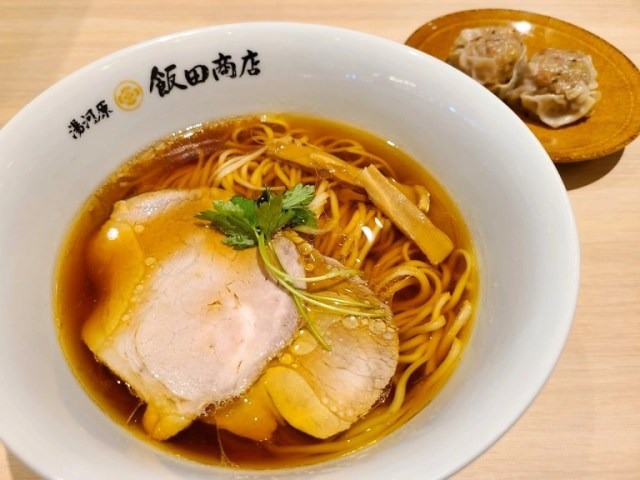
Times are tougher than undercooked noodles.
Ramen is easily one of the most enjoyable dishes in Japan, but for the many restaurants that serve it, it can be a stress-filled nightmare of existential threats. The newest such threats are coming in the form of industrialist Eiichi Shibusawa and educator Umeko Tsuda.
Before you go for the shotguns and crucifixes thinking these turn-of-the-20th-century figures have returned in zombie and/or vampire form to wreak havoc, it’s because they are two of the faces that will grace the newest series of Japanese banknotes. These bills are entering circulation this year with revamped designs.
▼ I still wouldn’t recommend letting Shibusawa bite you…
It’s well-known that Japan is the land of vending machines, which means that a change in the design of bills will also require an overhaul of each and every machine to update its bill scanner. The creation and installation of all these scanners can be extremely costly, so announcements of new bills are often met with consternation from machine operators.
▼ Wiping the bill on your T-shirt won’t get these new bills to work if the machine isn’t set up right.
While roadside vending machines are iconic, people outside the country might be surprised to see how prevalently they’re used in restaurants as well. Oftentimes, customers are greeted by a ticket machine at the front entrance where they insert money, punch in their order, and take their tickets to the staff.
▼ The ticket machine for Franken in Osaka, where you can get an ice cream cone in your ramen.
These are often used by independent restaurants since they can reduce labor costs but are also vulnerable to the costly updates. Of course, these kinds of upgrades come with the territory and are to be expected, but the timing of this particular change could prove devastating for a lot of restaurants, ramen restaurants in particular.
The main reason is that the ramen restaurant business is extremely competitive; one only needs to check a Google map of restaurants in their area to see just how competitive it is. It is said that under normal circumstances, about 80 percent of ramen restaurants go out of business in the first three years.
▼ Here are the ramen restaurants in a roughly 1.5-kilometer swath of Shinjuku through probably not all of the places there.
In addition to the debilitating effects of COVID-19 on restaurants, we’re now experiencing skyrocketing food prices which are said to have more than doubled the cost of making a bowl of ramen. Despite the rising cost of ingredients, ramen restaurants are under pressure to keep prices the same due to the aforementioned competitiveness.
To have to pay upwards of 1 million yen (US$6,500) to upgrade their ticket machines while dealing with all the other struggles will likely knock out a large number of restaurants in one fell swoop. According to one restaurant manager, it would take six months of selling 100 bowls a day to cover that cost. Some local governments like Katsushika, Tokyo have begun offering subsidies to cover part of the costs, but restaurant operators would prefer 100 percent coverage since this currency change was unilaterally the government’s decision.
There’s a pretty much zero percent chance of these new bills not coming, and doing nothing while waiting for government subsidies to come would be a really bad idea. So, in all likelihood, there will be a game of chicken between restaurants’ pricing, with many falling by the wayside either from raising prices and losing customers or keeping prices low and losing money.
The best thing we can do as lovers of ramen is to go to our favorite places as much as possible to help them weather this perfect storm of economic woes.
Source: TV Asahi, Hachima Kiko
Featured image: ©SoraNews24
● Want to hear about SoraNews24’s latest articles as soon as they’re published? Follow us on Facebook and Twitter!